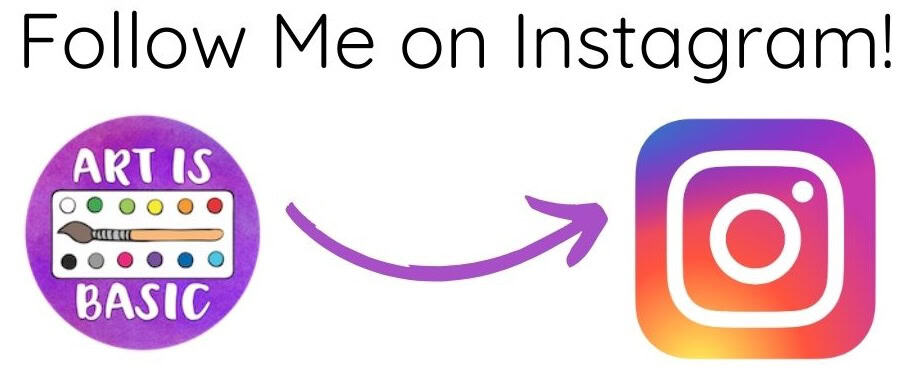
How does ART fit into STEM?
STEAM: Science, Technology, Engineering, Art and Math
This month’s Art Ed Blogger’s Network topic is STEAM. How do art teachers approach STEAM in the classroom? Should art teachers embrace STEAM?
There are many different opinions on STEAM. Personally, I like to bring in different subjects to the art room. I think it’s great that so many of our art projects involve other disciplines. However, I also think art for arts sake is important too. Let’s not lose sight of how important ART is on its own, in favor of more acronyms to justify art class’s existence.
Like I said earlier, as art teachers, we are always incorporating other subjects in our lessons. Here is a great lesson that is very successful and popular with students. It involves architecture, engineering, art, social studies and math.

Egyptian Pyramids in Clay and Paper
My 4th/5th grade class studied ancient Egypt. Egypt has so many amazing types of art, including jewelry, paintings, sculptures, sarcophagi and more. We learned about these forms of art and also the architectural pyramids of ancient Egypt. Then, the students had a chance to make their own clay pyramids.
First, the students practiced with a paper pyramid printout to color, cut and assemble.

We used a paper template like this one.

After they made some paper pyramids as practice, we used a similar template to construct our clay pyramids…. except they were made from clay.

We used a similar paper template, except I enlarged the shapes a bit. They really only need to have one paper square and one paper triangle that fits together (because they can trace the one triangle multiple times.)
1. Roll out a flat slab of clay. Place the paper square on top of the clay. Trace around it and cut out.

2. Do the same with the triangles. You will need 4 triangles if you have a square base.

3. Take all of the clay pieces and begin to assemble them together. Be sure to “score” each edge and add water (or slip) to the pieces as you secure them together. Use your fingers or the back of a spoon to smooth the edges together. Use a knife to cut the top of the pyramid off to create a “lid” if you want to make it into a container.

4. Finally, use carving tools or stamps to add texture and designs to your pyramids. Print off some hieroglyph sheets to use for ideas.



5. After firing in a kiln, use clay glazes to add color or additional designs.

Here are some student examples.





I love how they are all different and have their own unique expressive elements.. this middle one was a rainbow “poop” emoji pyramid. He wanted to make his with coils.




Participating Art Teacher Blogs:
- Art Class Curator
- Art Ed Guru
- Art is Basic
- Art Room Blog
- Art with Mr. E
- Arte a Scoula
- Artful Artsy Amy
- Brava Art Press
- Capitol of Creativity
- Create Art with ME
- MiniMatisse
- Mr. Calvert’s Art Room Happenings
- Mrs. Boudreaux’s Amazing Art Room
- Mrs. T’s Art Room
- Party in the Art Room
- shine brite zamorano
- Tales from the Traveling Art Teacher
- There’s a Dragon in my Art Room
Discover more from Art is Basic | Elementary Art Ideas
Subscribe to get the latest posts sent to your email.






























Pingback: The Art of an Idea: Math and Art Integration with Sol LeWitt's Instruction
Pingback: 23 Pyramid-Inspired Activity Ideas - Teaching Expertise